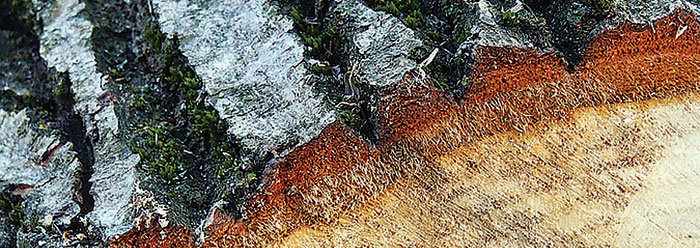
Scientists Don't Know How Universe Works, Started
Perhaps no realm of inquiry is as fraught with fantastic speculation as the origin of the universe. Theories of how it could have come about naturally have regularly been proposed and discarded as new evidence surfaces. Ongoing studies seem to have merely widened the gap in understanding how it began—or even how it currently works.

Mythical Planet Doesn't Solve Orbit Origins
It has always been impossibly difficult for astronomers to realistically explain how galaxies, stars, and planets might have formed through natural processes. To prop up their naturalistic theories, they will sometimes invent unobserved structures, such as the Oort cloud for comets.1

Scientists Discover New Clue to Geckos' Climbing Ability
Geckos can run just as easily along a wall or ceiling as they can across a floor. This is due to special pads on their toes, which can even grip glass. No man-made adhesive technology comes even close to functioning as well as gecko feet. And after years of research, the last missing puzzle piece to gecko foot design has apparently been found.

Thank God for Wood
Wood is a remarkable biological product that has long supplied mankind with strong construction material and fuel, as well as oxygen, enjoyable scenery, and shade. Some have suggested that wood is "simple,"1 but in reality it is so complicated that scientists cannot reproduce its fundamental parts, let alone its overall structure.

Whale Study Confirms Evolutionary Trees Don't Work
"Phylogenies," or evolutionary trees, are diagrams that illustrate how certain plants or animals supposedly evolved and branched out from common ancestors. Charles Darwin drew one, usually referred to as his "tree of life," in one of his notebooks.



